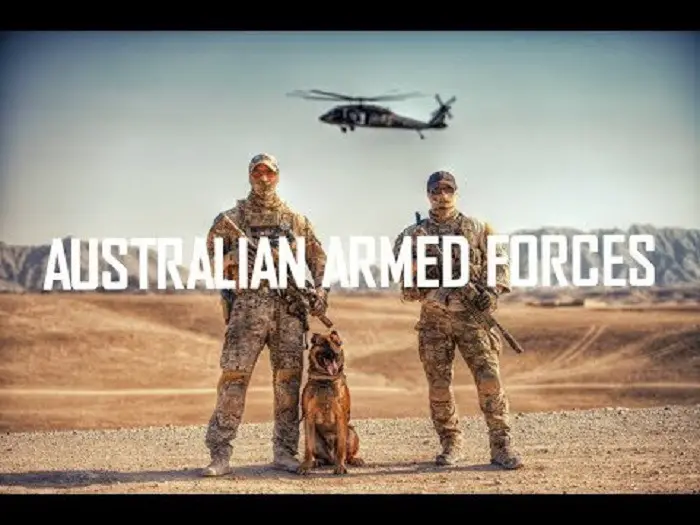The Australian Defence Force (ADF) is the military organisation responsible for the defence of Australia. It consists of the Royal Australian Navy (RAN), Australian Army, Royal Australian Air Force (RAAF) and a number of ‘tri-service’ units. The ADF has a strength of just under 80,000 full-time personnel and active reservists, and is supported by the Department of Defence and several other civilian agencies.
During the first decades of the 20th century, the Australian Government established the armed services as separate organisations. Each service had an independent chain of command. In 1976, the government made a strategic change and established the ADF to place the services under a single headquarters. Over time, the degree of integration has increased and tri-service headquarters, logistics and training institutions have supplanted many single-service establishments.
The ADF is technologically sophisticated but relatively small. Although the ADF’s 58,206 full-time active-duty personnel and 21,694 active reservists make it the largest military in Oceania, it is still smaller than most Asian militaries. Nonetheless, the ADF is supported by a significant budget by worldwide standards and is able to deploy forces in multiple locations outside Australia.
The ADF’s legal standing draws on the executive government sections of the Australian Constitution. Section 51(vi) gives the Commonwealth Government the power to make laws regarding Australia’s defence and defence forces. Section 114 of the Constitution prevents the States from raising armed forces without the permission of the Commonwealth and Section 119 gives the Commonwealth responsibility for defending Australia from invasion and sets out the conditions under which the government can deploy the defence force domestically.
Section 68 of the Constitution sets out the ADF’s command arrangements. The Section states that “the command in chief of the naval and military forces of the Commonwealth is vested in the Governor-General as the Queen’s representative”. In practice, the Governor-General does not play an active part in the ADF’s command structure, and the elected government controls the ADF. The Minister for Defence and several subordinate ministers exercise this control. The Minister acts on most matters alone, though the National Security Committee of Cabinet considers important matters. The Minister then advises the Governor-General who acts as advised in the normal form of executive government. The Commonwealth Government has never been required by the Constitution or legislation to seek parliamentary approval for decisions to deploy military forces overseas or go to war.
The ADF’s current priorities are set out in the 2016 Defence White Paper, which identifies three main areas of focus. The first of these is to defend Australia from direct attack or coercion. The second priority is to contribute to the security of South East Asia and the South Pacific. The third priority is to contribute to stability across the Indo-Pacific region and a “rules-based global order which supports our interests”. The white paper states that the government will place equal weight on the three priorities when developing the ADF’s capabilities.















